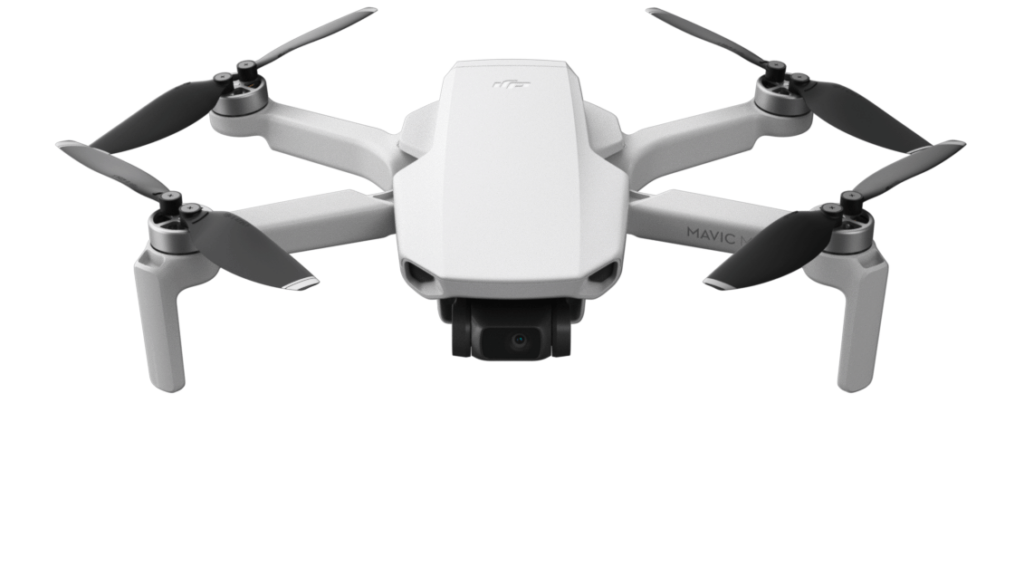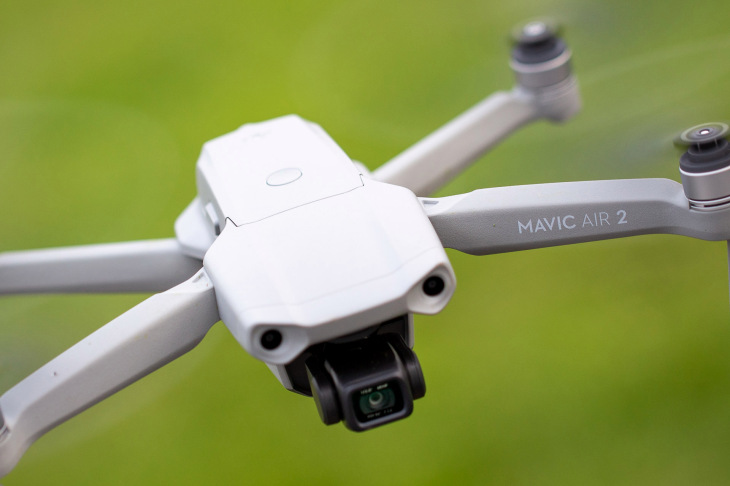DJI launches two new payloads — Zenmuse L1 and P1 enterprise payloads — the first integrated Lidar and photogrammetry drone solutions for aerial surveying, especially commercial surveying, mapping, and real-world models industry.
The Zenmuse L1
The Zenmuse L1 combines a lidar module with a high accuracy IMU, and a 1-inch RGB camera capable of taking 20 MP stills. It also has a mechanical shutter that’s required for high-quality mapping. The L1 has been made to work with the Matrice 300 and DJI Terra software to create highly accurate reconstructed models of the real world.
The L1 can cover 1 ½ miles in a single flight with a vertical accuracy of 2 inches and horizontal accuracy of 4 inches when flying at an altitude of 55 yards. The lidar portion can capture 240,000 points per second with support for up to three returns. While flying, the pilot also gets a live preview of the point cloud generated to ensure all the data required is being collected. The IMU makes it possible for all the data collected to be fused to an accurate location that also uses a vision sensor to improve the accuracy. DJI recommends the Zenmuse L1 for topographical mapping, AEC and surveying, emergency response, law enforcement, energy and infrastructure, and agriculture and forestry management.
Zenmuse P1
The Zenmuse P1 is a full-frame sensor camera for photogrammetry and surveying. The camera is capable of 45 MP still with 4.4-micrometer pixel size and the ability to take a photo every 0.7 seconds while in flight.
The P1 features DJI’s TimeSync 2.0, which aligns the camera, flight controller, RTK module, and gimbal to make sure they are all in sync with one another. The full-frame sensor supports three lenses, a 24 mm, 35 mm, and 50 mm. It uses DJI’s DL mounting system.The P1 has a vertical accuracy of 5 cm and 3 cm horizontally and can cover an area of 3 km during a single flight. The camera is capable of capturing 2D orthomosaic images, 3D oblique maps, real-world structure modeling, and real-time mapping missions. To ensure the data you have just
captured is correct, DJI has introduced a Fieldwork Report that gives you an overview of everything you just captured.
DJI recommends using the Zenmuse P1 for topographical mapping, cadastral surveying, AEC and surveying, natural resource management, geological investigation, and disaster site modeling.
Once a particular mission is completed, it is possible to analyze the mission, view the full 3D model on the DJI Pilot app, and take course measurements of the specific area. This data can be viewed on a larger computer, rather than a mobile app screen by capturing it in real-time from the SD card, which can be visualized in a computer without any additional processing. With this data it is possible to run the software on it and view what kind of coverage it is. The SD card that stores this live processed data also includes the raw data that was collected by all these sensors during the flight that is used for post-processing. Then, it is possible to export this raw data into DJI Terra, which has all the algorithms and several other features to generate the 3D models in a format in true color that can be exported to any format that is industry-standard.
Without compromising the quality and accuracy of the data collected for precise aerial inspections and data collection missions, the two sensors aim to bring new perspectives with increased efficiency at a reasonable price. Because the U.S. Department of Commerce recently added DJI to its Entity List of companies that need a license for certain exports, does not mean it is not available. Rather, it does not stop anyone from owning, buying, or using a DJI drone, or its many components.
Future
By launching two new payloads — Zenmuse L1 and P1 enterprise payloads –DJI brings important features to the drone market for the first time, such as the first integrated Lidar and photogrammetry drone solutions for aerial surveying, especially commercial surveying, mapping, and real-world models industry. With its two sensors they offer new perspectives with increased efficiency at an affordable cost.



